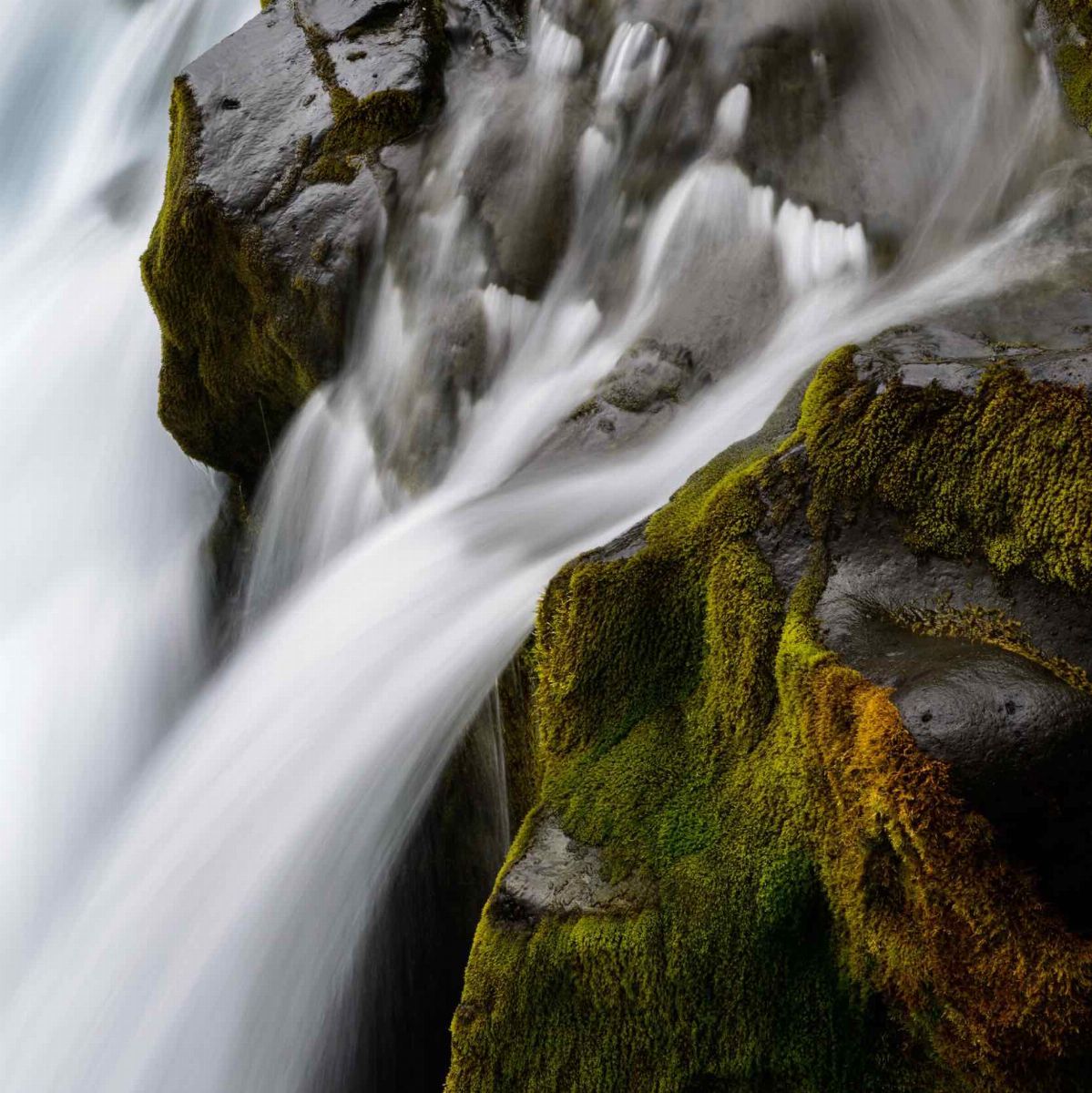
+ View Older Messages
| There is a major fault with the posting.. half the replies are unreadable. |
| I tweaked the CSS for Internet Explorer. Hopefully the formatting issue has been resolved. Let me know if you still have problems.
Regards,
Jonathan |
| Jonathon, one thing about "sway " that I might expound upon.
Its a very dangerous subject, as you know, to convey the application thru the written word.
And, I think it needs to be mentioned, WHERE the sway emanates from, which is the ankle /foot ,coming from the standing leg that has the weight... passing thru the pelvis, all the way to the head, and of course, all starting from the vertical poise.
Scrivener used to break it down into 3 parts..( Im summarising )
1. sway that increases gradually..
2 .. sway thats not controlled by body swing/ rise and fall ,
3.. those sways that are not increased thru a progessive motion, when earlier rise is needed .
And the one word he used frequently in respect of the action was " sympathetic ". He also used that term, for some CBM actions .
And like all techniques, he believed one could never have an exactitude, as different situations, called for different resolutions.. in other words.. techn. should be fluid . |
| Hi Terence,
Since the topic was swing and primarily conceptual in nature, with pitch and sway being only secondary, I very deliberately chose not to discuss technique or execution. (My post is long enough as it is).
Nonetheless, thank you for the additional information on sway... I agree with what you've said and I'm sure the person who asked the original question will find it useful as well.
Regards,
Jonathan |
| There are different types of swing, but ultimately when we say swing, it is the center that we should be focusing into. Center is what we swing across the floor, so to your question of how to follow a partner swinging forward, basically you absorb the forward movement resulting to your center moving back. Rise and fall plays a major part in lateral or frontal movement, bcoz if there is no rise and fall there is no swing. Swing happens when the body weight or center, elevates and lowers and so on. Taking rotary swing into subject, this refers to the principle of inside and outside of turn, but again ultimately, if we ask the question what do we swing rotationally?? Center is the answer, and it will become confusing if you start thinking arms, legs, etc. Hope it helps. |
| Hi
Couple of things: I've had lots of trouble viewing the site using Windows explorer, so i switched to Firefox, and now there's no problem. Trouble is, only those with no problem can read this!
Secondly on swing - I'm trying to develop better swing (i guess everyone is) so the discussion is interesting. In response to Misteromantiko's post---- yes, we need to focus on our centre, but i don't think swing just happens when we rise and lower. The leg and foot action has to be controlled to allow it to happen. That's why there's a focus on leg and footwork |
| Hi everybody ,
I can agree with "Misteromantiko" that main swing in Waltz is swinging of the body center across the floor. Developing such point of view and for better understanding of this issue, dancer's body can be simplified to a point (which is approx. 90 sm above the floor). If clear, so it should be no problem to understand how both partners are involved in this swing action - they just combine there two gravity centers into one and are swinging it across the floor together. Partners will fill comfortable if personal Technique of this swing action is on certain level for both of them.
And if we talking about this main swing action in Waltz and replying to original question posted by "hesitation":
1)there is no connection between personal body shape and swing of body center across the floor. As explained, at this point, there is no body, it is simplified to a point. So it is impossible to shape the point.
2)also your question and/or explanation received by you is based on visual experience, which is a result of simple/complicated Technique and is a reaction of dancer's body to something that one actually do or have to do (action) to get this visual effect.
Of course special Technique is involved to make our body center to move as a swing - "through an arc".
During my dancing and teaching experience I came to following:
1)during preparation step or at the end of previous movement body center is in high position (rise) so it has potential energy and ready to fall, at this point body speed is zero or close to zero.
2)fall - is beginning of swing
during fall potential energy is transferred into kinetic one and it is an origin of speed, at this point it is very important for the dancer to relax muscles very quick in order to actually fall
10 Sm fall of body center gives us body speed of approx. 1.5m per second, at this point main direction of this move is downwards
3)now, part of kinetic energy is absorbed in the standing leg again into potential energy of deformation of knee region (so-called compression). Now we should transfer this potential energy back to kinetic (rebound)and to redirect moving body center (falling) from downward direction to parallel to the floor. It is recommended to use minimum push action from leg muscles in order to clearly fill how to synchronize natural rebound impulse coming from the floor through supporting leg with body center fall in order to look natural during this process. In other words we should use recuperation of energy to create natural swing
...this is just beginning of first step explanation and we already come to second swing - which is swing of dancer's body part - free leg. And according to my knowledge, it should come from body center (pelvic region) and not from hip(some teachers call leg swing from knee - "juvenile leg",leg swing from hip - "amateur leg" and from body center - "professional leg").
Of course clear understanding of "balance" (teachers phrase - be vertical), "stability" (teachers phrase - move smooth), "to be grounded" ( teachers phrase - don't raise your shoulders) and "to use active-working side" (teacher phrase - sway your body)- can improve personal swing action.
And in order to improve relational-couple swing and leg swing dancer have to understand:
1) how to create "inner space" between front of rib cage and lower back to get volume in 3rd dimension in order to have: a)good frame , b)good understandable lead
2)to understand meaning of words "overtake/invite" in order to keep dynamically ( and not statically!!!) two body's centers as one during couple swing.
So if somebody found this explanation and ideas interesting and helpful, I would be grateful to have your comments or answer additional questions re. this. |
| Excellent answer, Jonathan: it was clear and simple yet robust in technical explanation.
I'm going to print it out!
Francisco Martinez |
| Fall is not a good word to use when explaining Lowering. Lowering is through the feet and ankles and then the knees. That is how it is done and doesn't resemble a fall in any way shape or form. |
| Fall while keeping the frame in a vertical position,most dancers are unable to do this because of poor lowering technique. By the time the heal touches the floor the free leg should be in position to move any further lowering through the heal sends the body in a forward or backward direction. Moving back when the heal touches the floor(kisses) the free leg will be extended from the knees with the knees along side each other. Moving forward as soon as the heel touches the floor the knee of the free leg is bent and the foot may be slightly forward. To use this technique the body weight must be transferd from foot to foot immediately apon closing at the end of the rise(drift). If you find when lowerd that the heels are along side each other then you have got it wrong. |
+ View More Messages
|



